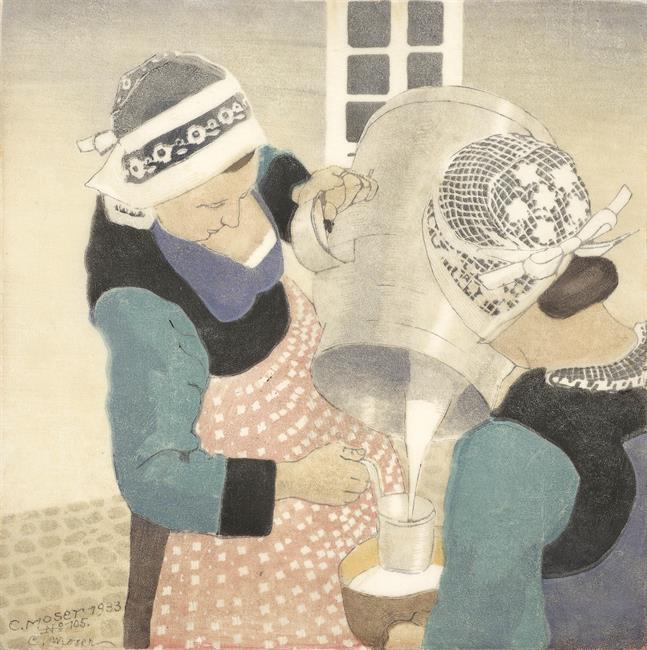 Breton Milkmaid
1933
Breton Milkmaid
1933
Carl Moser
Bolzano 1873 - 1939 BolzanoCarl Moser was born in Bolzano in 1873 as the son of painter Karl Moser the Elder. He was trained at the Academy in Munich by Karl Raupp, Gabriel von Hackl and Ludwig von Herterich. Subsequently, he travelled through Germany, Italy and Corsica. From 1906 to 1907, Moser studied at the Académie Julian in Paris and travelled to Brittany. From 1902 onward, he made a name for himself with excellent woodcuts influenced by the French impressionists and Japanese art. Max Kurzweil, co-founder of the Vienna Secession and editor of the magazine “Ver Sacrum“, as well as Emil Orlik, had always valued and followed Moser‘s work. His strong connection to the coastal towns of Concarneau and Douarnenez in Brittany and Deauville in the Normandy is obvious in the majority of his work; village scenes, fishermen and Breton women are the main topics of his work. In 1907, his financial resources were exhausted and it was with a heavy heart that he moved back to Bolzano. During the following years, he was finally able to make progress and his prints were exhibited in the first international graphic art exhibition in Leipzig in 1914 and in one of Vienna’s leading galleries, i.e. Galerie Miethke. Between 1910 and 1915, the Königliche Kupferstichkabinett (Royal Museum of Prints and Drawings) in Vienna purchased a great number of coloured woodcuts from Moser. The outbreak of the First World War brought a harsh end to his only beginning career. Due to the separation of South-Tyrol from Austria after the war, artists were no longer able to maintain contact with fellows in Austria or Germany as they used to. In 1919, Albin Egger-Lienz initiated an exhibition in the Künstlerhaus Zurich under the title “Tiroler Künstler“ (“Tyrolean Artists“), which Moser participated in. Unfortunately, this exhibition did not show the international success they had hoped for. From now on, Carl Moser’s exhibition activity was limited to Italy. His coloured woodcuts were represented in Turin, Rome, Milan and, until 1936, in almost every Biennale in Venice. It was not until 1922, that a loosening of the strict separation of the countries was obtained. The Dresdner Kunstverlag Richter (Dresden Art Publishing Company Richter) and the Berliner Kunstanstalt O. Felsing (Berlin Art Institution O. Felsing) were thrilled by Moser’s work and they even bought some of his woodblocks. Despite his great popularity, Moser could not overcome the long trading range and hardly make a living from his work. Eventually, he had to leave his beloved attic flat. Indebted and isolated like a hermit, Carl Moser lived the last years of his life in a small room near the train station. He died in Bolzano in 1939.

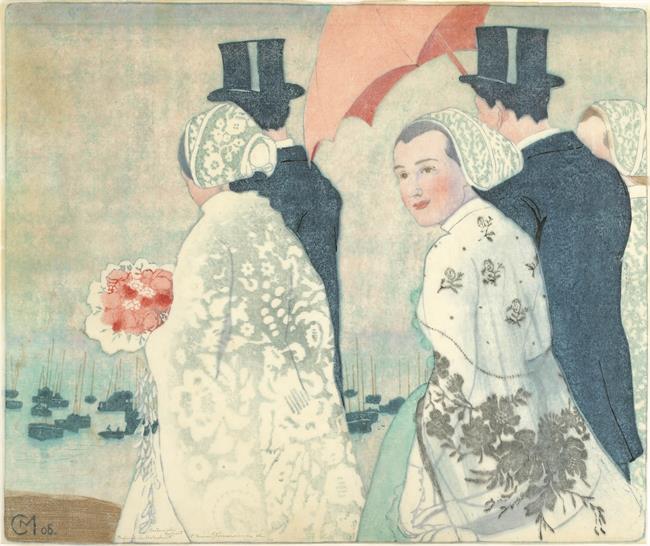 Breton Wedding
1906
Breton Wedding
1906
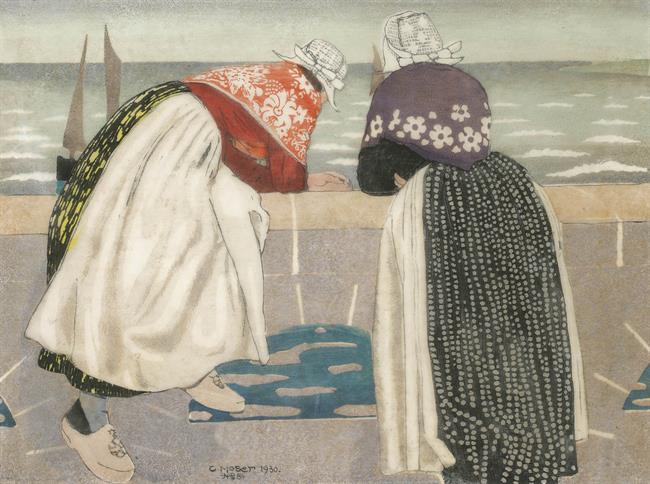 Returning Fishing Boats
1930
Returning Fishing Boats
1930
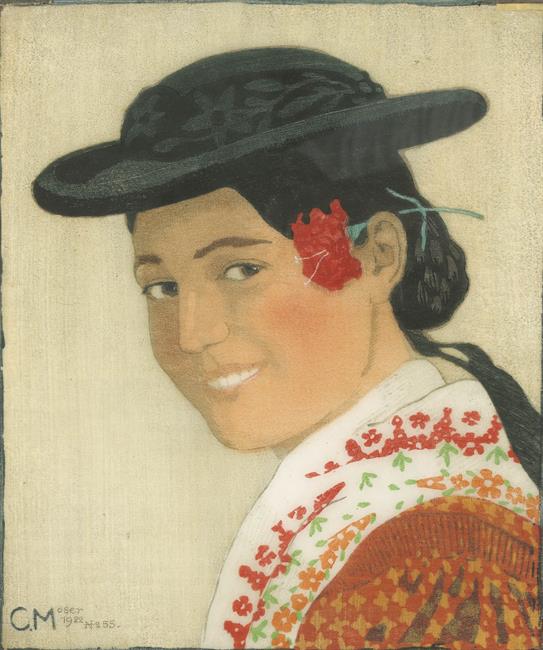 Tyrolean Peasant Girl
1922
Tyrolean Peasant Girl
1922
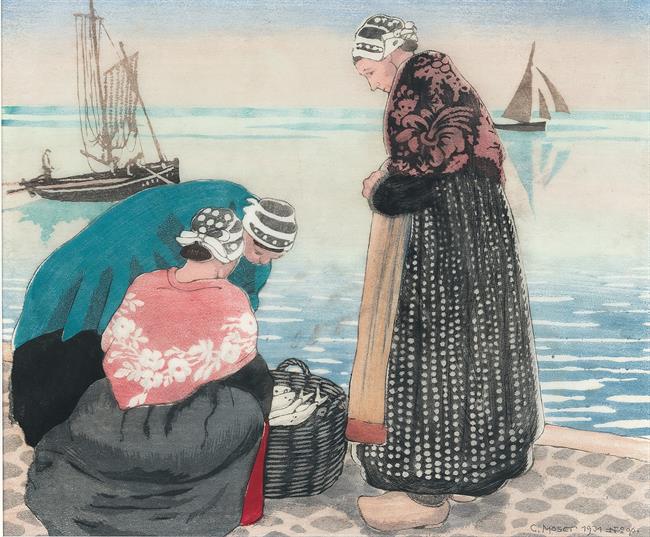 Fish Market
1931
Fish Market
1931
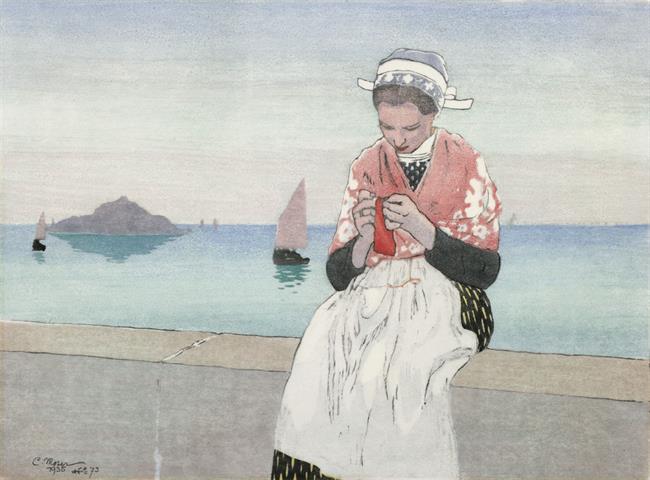 Knitting Woman on the Wall
1935
Knitting Woman on the Wall
1935
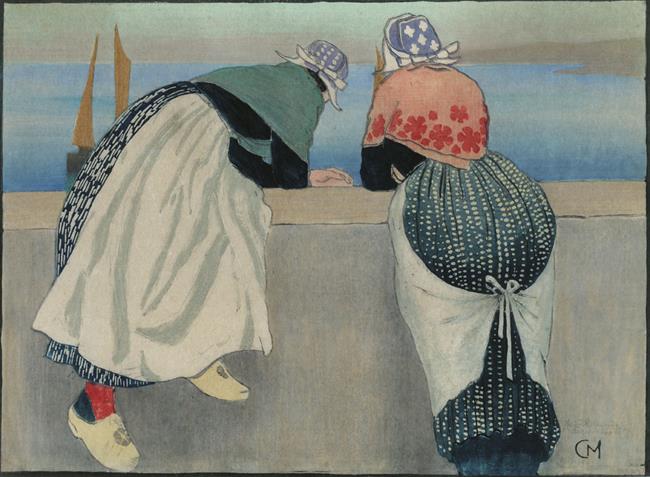 Returning Fishing Boats
1906
Returning Fishing Boats
1906
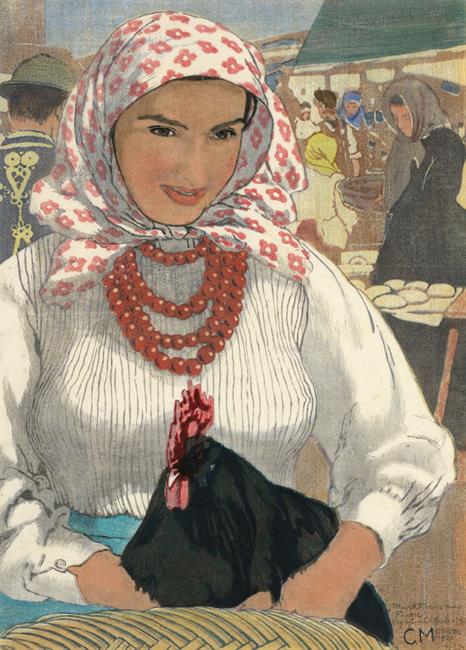 Croatian with Cock
First version 1909, print 1920
Croatian with Cock
First version 1909, print 1920